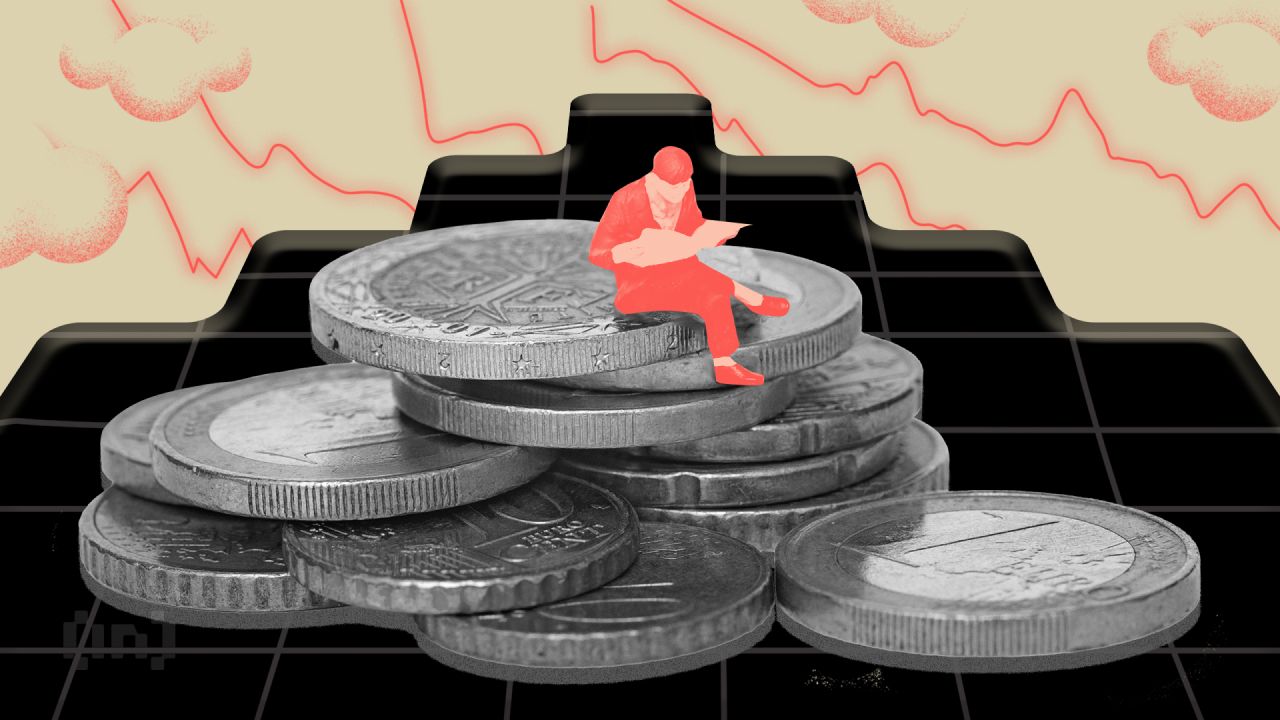Business, art experts discuss blockchain’s role in artist compensation at Harvard Art Museums event | News

The Harvard Art Museums hosted New York University professors Kevin McCoy and Amy Whitaker for a discussion Thursday night on the role of blockchain — a technology that enables the secure distribution of data through a distributed ledger — in bringing equality to the art market.
Moderated by Ruth C. Streeter ’76, a 2021 Advanced Leadership Initiative Fellow, the discussion focused on recent calls to create a new, more equitable model for owning arts and cultural properties.
The problem with the current system, according to Whitaker, is that artists don’t make as much profit from their work as the middlemen who sell it.
“I have proposed alternatives to resale royalties that work more like property rights, especially routine fraction and art,” Whitaker said.
After the introduction of Bitcoin in 2009, McCoy said he formulated ideas about how the virtual currency platform could be used to sell digital art.
“What if Bitcoin was a piece of art? What if you could take a piece of art and attach it to Bitcoin? And if you did, would it have the same properties that Bitcoin has? Would it be small? Would it be unique? And in so fall, how would you do it?” McCoy said.
McCoy also described how the Whitney Museum, in collaboration with his team, created and distributed 50 tokens for donated artwork. These tokens circulated for a period of six months, after which the museum listed the token holders “as the donors of record for this artwork”.
“We wanted to open up this institutional process — there are usually institutional, hidden ownership processes — and essentially create a secondary market for work that’s never on the market,” he said.
“This was essentially blockchain-mediated institutional critique in a way and a form of distributed social cooperation, I would say, and I think these two ideas — institutional critique and social cooperation — are really at the heart of blockchain technology,” McCoy added.
Rayme S. Silverberg, an event attendee and recent NYU graduate, said she drove more than three hours specifically to see Whitaker, whom she described as “absolutely brilliant and very knowledgeable.”
Attendee Katie I. Lundie, an associate at venture capital firm Outlier Ventures, said the event piqued her curiosity because of her work experience.
“I think there’s all this potential for web3 and NFTs to open up the art world and create more value for the people who really matter in that ecosystem — but also outside of that ecosystem — and I’m not sure if that’s being done in just the right way at the moment,” Lundie said.
“And I think this talk really gives me some hope that there are people out there trying to understand how best to get value flowing back to artists,” she added.






















